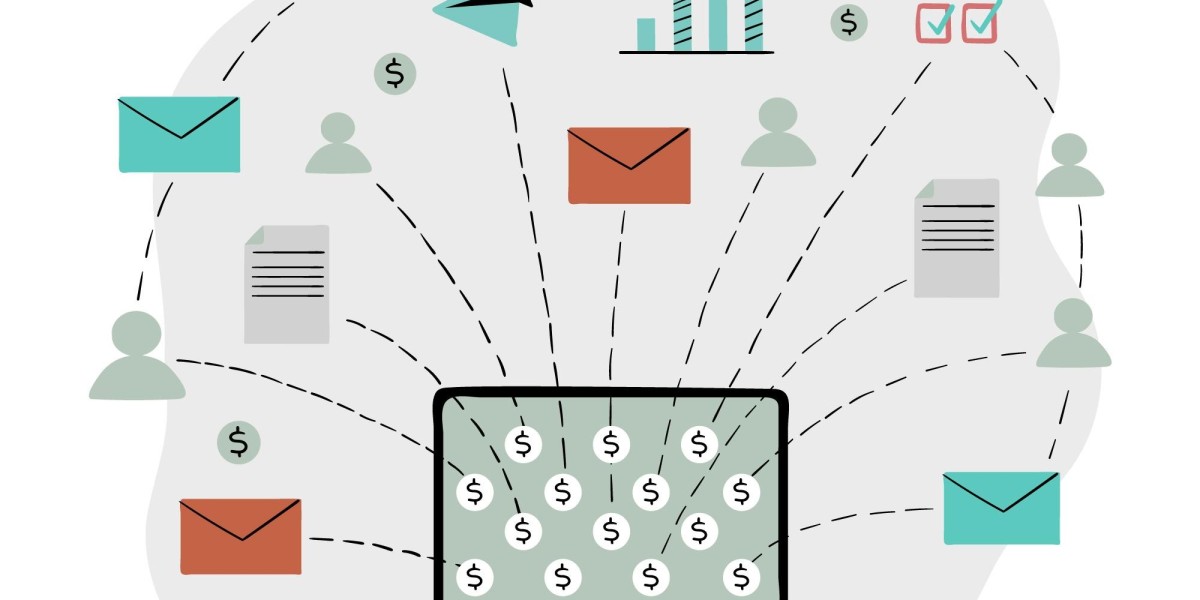Automating business-to-business (B2B) communications, EDI, or Electronic data interchange, is a technology that enables trading partners and organizations to get more done, expedite logistics schedules, and do away with manual errors.
From manufacturing and transportation to purchasing and selling of items, service providers like manufacturers, retailers, logistic companies, airlines, insurance providers, health providers, and so on, leverage EDI services for their business. A Forrester study claims that EDI transactions are above 20 billion yearly and still rising. Seven trillion dollars, or 78.9%, of all B2B electronic sales in 2019 came from EDI, according to data analysis research in the 2020 B2B E-commerce Market.
Defining EDI and how does it work?
Electronic data interchange (EDI) is a technology that automates the exchange of commercial documents, such as purchase orders and invoices, between businesses, eliminating the need for human intervention and allowing IT systems to be linked to other systems for efficient processing.
EDI was founded in 1968 by a bunch of firms. The protocols have evolved over more than 50 years. In some cases, new protocols have been introduced every few years to take advantage of emerging technologies. Let us look at different types of EDI protocols available:
- Direct vs. VAN
- AS1
- AS2
- AS3
- AS4
- FTP
- OFTP
- Web EDI
- Mobile EDI
How does EDI work?
The two main modes of transmission that EDI uses are:
Two business systems are connected by a point-to-point or direct EDI connection using secure protocols.
A third-party network that manages the data transmission process is used in the value-added network (VAN) approach.
EDI software can merge data segments like ITEMQUANTITY and ITEMDESCRIPTION into ORDERLINE for more context and simplified document structure, describing products and quantities in order.
Types of EDI
Depending on the parties transferring the information (typically financial data and related documents) and the business use case, there are several ways that EDI services can take place.
Direct EDI: Point-to-point EDI, also known as direct EDI. This establishes a single connection between two business partners. With this system, users establish distinct connections with each business partner.
EDI enabled by Value-Added Network (VAN): The EDI service providers, also referred to as a value-added network (VAN), is an alternative to the direct EDI framework and was operational long before the internet.
Applicability Statement 2 (AS2)-enabled EDI: AS2 is a secure network protocol that enables secure data transfer via the internet, utilizing digital certificates or encryption to create an "envelope" for EDI data.
Web EDI: The method of performing an EDI transaction over a web browser is known as web EDI. It is an online form that looks like paper documents. Sections for information entry will be included in the form.
Mobile EDI: EDI applications are being developed for mobile devices, overcoming security issues and device size restrictions, as a growing industry, such as Oracle's JD Edwards EnterpriseOne, continues to expand its reach.
Outsourced EDI: Businesses can engage outsourced EDI environment management specialists thanks to a rapidly growing solution called EDI outsourcing, often known as EDI managed services.
Indirect EDI: An indirect EDI transaction involves information exchange between an ERP and clients, suppliers, or third-party logistics service providers, transmitted to brokers or VANs, and delivered in various formats.
Benefits of EDI
EDI has been revolutionizing various industries for decades now. Let’s take a look at the different benefits of EDI:-
- Automate Procedures
- Enhanced Procedures for Planning
- Reduced Documentation
- Decrease Human Error
- Boost Business Productivity
- Improved Transparency
- Enhanced Client Contentment
- Take Charge of Your Procedures
- Get Real-Time Information
- Enhanced Data Interchange
- Enhance Transaction Security
Conclusion
Electronic data transfer (EDI) is crucial for company operations, supply chains, logistics, and asset management. It provides accountability and visibility, and is expected to become a cornerstone of commercial transactions. EDI involves automatic responses and integration with ERP systems.
For more details: https://www.a3logics.com/blog/the-basics-of-edi-and-its-benefits-to-businesses/








